Introduction
Stir-frying, a cornerstone of Asian cuisine, transforms simple ingredients into vibrant, nutrient-packed dishes. Among the vegetables that shine in this cooking method, cauliflower stands out for its versatility and ability to absorb flavors while retaining a satisfying crunch. This article delves into the techniques, tips, and secrets behind achieving perfectly stir-fried cauliflower—a dish that balances texture, aroma, and taste. Whether you’re a novice cook or a seasoned home chef, mastering this recipe will elevate your culinary repertoire.
The Appeal of Stir-Fried Cauliflower
Cauliflower, a cruciferous vegetable, has surged in popularity due to its mild flavor and adaptability. When stir-fried, it transforms into a tender yet crisp delight, making it an ideal canvas for bold seasonings. Unlike boiling or steaming, stir-frying preserves the vegetable’s nutrients while caramelizing its edges, creating a depth of flavor that tantalizes the palate. Additionally, its low-carb profile aligns with modern dietary trends, appealing to health-conscious eaters.
Nutritional Benefits of Cauliflower
Before diving into cooking, it’s worth highlighting cauliflower’s nutritional merits. Rich in vitamins C and K, fiber, and antioxidants, this vegetable supports immune function, digestion, and cellular health. Stir-frying ensures minimal nutrient loss compared to prolonged cooking methods, making it a smart choice for nutritious meals.
Ingredients: Building Flavor Layers
The success of any stir-fry hinges on balancing fresh ingredients and aromatic seasonings. For cauliflower, the following components create harmony:
- Cauliflower: Opt for a firm, white head with tightly packed florets. Avoid specimens with brown spots or wilting leaves.
- Aromatics: Garlic, ginger, and shallots form the flavor base. Their pungent notes mellow during cooking, infusing the dish with warmth.
- Oil: Use a high-smoke-point oil like peanut, avocado, or vegetable oil to withstand high heat without burning.
- Sauces: Soy sauce, oyster sauce, or a splash of rice vinegar add umami and acidity. For a gluten-free option, tamari or coconut aminos work well.
- Optional Add-Ins: Sliced bell peppers, carrots, or mushrooms introduce color and texture, while toasted sesame oil or chili flakes elevate the dish’s complexity.
Preparation: The Key to Even Cooking
Proper preparation ensures your cauliflower cooks evenly and absorbs flavors effectively.

-
Cleaning and Cutting:
- Rinse the cauliflower under cool water, gently scrubbing to remove dirt.
- Pat dry thoroughly to prevent sizzling oil during cooking.
- Trim the leaves and core, then separate the head into bite-sized florets. Aim for uniform size (1.5–2 inches) to ensure consistent cooking.
-
Blanching (Optional):
For tender results, blanch the florets in boiling water for 2 minutes, then shock them in ice water. This step partially cooks the cauliflower, reducing stir-fry time.
The Stir-Frying Process: Technique Matters
Stir-frying is a dance of heat, timing, and motion. Follow these steps for flawless execution:
-
Preheat the Wok or Skillet:
Heat your wok over high heat until a drop of water evaporates instantly. This ensures the ingredients sear rather than steam.
-
Aromatics First:
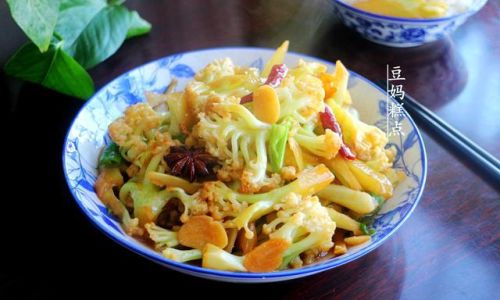
Add 1–2 tablespoons of oil, swirling to coat the pan. Toss in minced garlic, ginger, and shallots. Stir constantly for 30 seconds until fragrant but not browned.
-
Introduce the Cauliflower:
Add the florets to the wok, spreading them in a single layer. Let them sit undisturbed for 1–2 minutes to develop a golden sear.
-
Stir and Toss:
Use a spatula or wok chuan (stir-fry paddle) to toss the cauliflower continuously. High heat ensures even cooking without sogginess.
-
Add Sauces and Seasonings:
Drizzle soy sauce, oyster sauce, or your chosen seasonings over the cauliflower. Toss to coat evenly. For a glossy finish, mix 1 teaspoon of cornstarch with 2 tablespoons of water and add it toward the end.
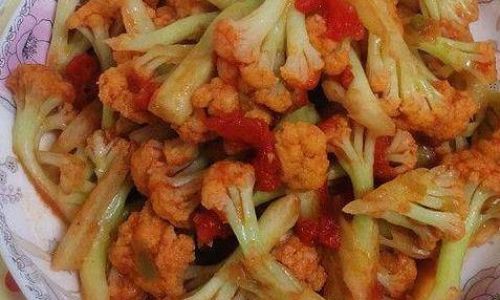
-
Finish with Garnishes:
Remove from heat and fold in sliced scallions, toasted sesame seeds, or a drizzle of sesame oil. These final touches add freshness and visual appeal.
Achieving the Perfect Texture: Crisp-Tender vs. Tender
The ideal texture of stir-fried cauliflower lies in personal preference. For a crisp-tender finish, cook for 4–5 minutes, maintaining a slight bite. For softer results, extend cooking to 6–7 minutes, covering the wok briefly to steam gently. Avoid overcooking, as cauliflower can become mushy and lose its vibrant flavor.
Troubleshooting Common Issues
-
Soggy Cauliflower:
- Cause: Overcrowding the pan or low heat.
- Fix: Cook in batches if necessary and ensure the wok is screaming hot before adding ingredients.
-
Uneven Browning:
- Cause: Insufficient oil or uneven floret sizes.
- Fix: Use enough oil to coat the pan and cut florets uniformly.
-
Bland Flavor:
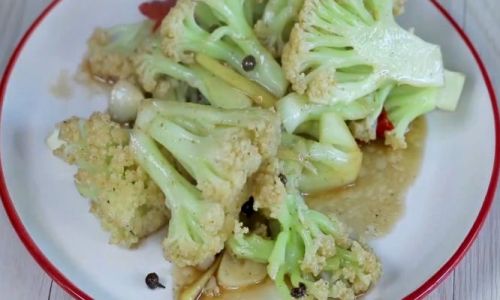
- Cause: Under-seasoning or skipping aromatics.
- Fix: Amplify flavors with additional garlic, ginger, or a splash of vinegar.
Creative Variations and Add-Ins
Stir-fried cauliflower serves as a versatile base for endless variations:
-
Spicy Sichuan-Style:
Add dried chili flakes and Sichuan peppercorns during the aromatics stage. Finish with a sprinkle of crushed peanuts.
-
Garlic and Black Bean:
Incorporate fermented black beans and extra garlic. Garnish with cilantro for a pungent, savory dish.
-
Curry-Infused:
Toss in curry powder or turmeric while stir-frying. Serve with a side of coconut yogurt.
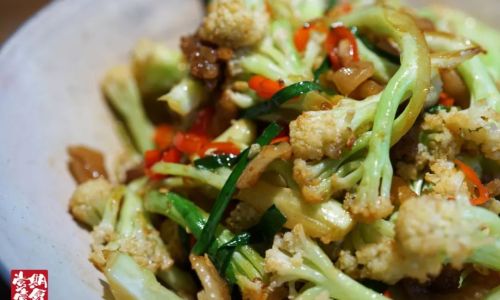
-
Protein-Packed:
Add diced chicken, shrimp, or tofu during the aromatics stage. Ensure the protein is cooked through before adding cauliflower.
Pairing Suggestions: Elevating the Meal
Stir-fried cauliflower complements a variety of dishes:
- Rice or Noodles: Serve over steamed jasmine rice or alongside chow mein noodles for a complete meal.
- Soups: Add to miso soup or hot-and-sour soup for texture contrast.
- Salads: Toss cold stir-fried cauliflower into a grain salad with herbs and a lemon vinaigrette.
Storage and Reheating Tips
Leftovers can be stored in an airtight container for up to 3 days. Reheat gently in a wok with a splash of oil to revive crispness. Avoid microwaving, as it softens the texture.
Cultural Significance of Stir-Frying
Stir-frying traces its roots to ancient China, where it was developed as a quick cooking method to preserve ingredients’ freshness. Today, it symbolizes efficiency and balance in cuisines worldwide. By mastering this technique, you honor a culinary tradition while embracing innovation.
Conclusion
Stir-fried cauliflower is more than a side dish—it’s a testament to the magic of high-heat cooking. By focusing on preparation, heat control, and flavor layering, you can transform this humble vegetable into a restaurant-worthy masterpiece. Experiment with seasonings, embrace imperfections, and savor the joy of creating a dish that delights the senses. Whether you’re cooking for one or a crowd, this recipe promises to impress, proving that simplicity and sophistication can coexist in a single wok.
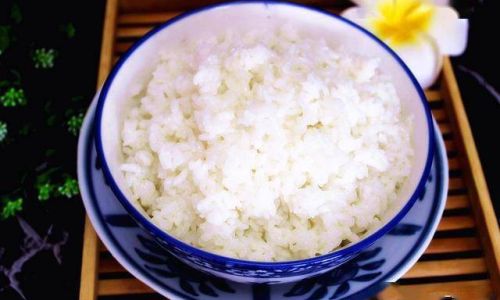
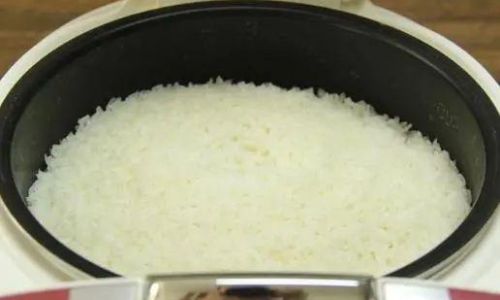
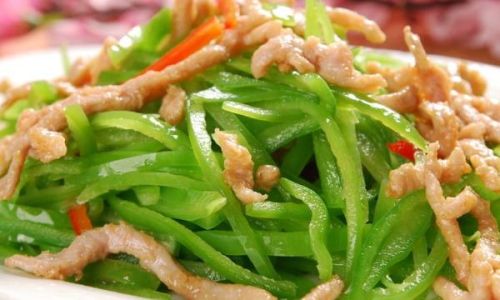
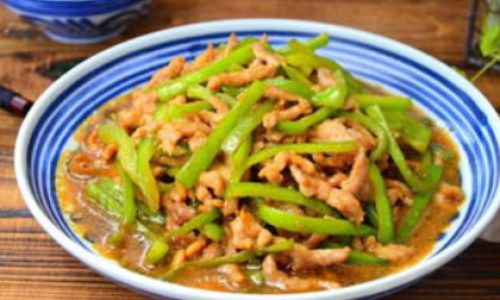
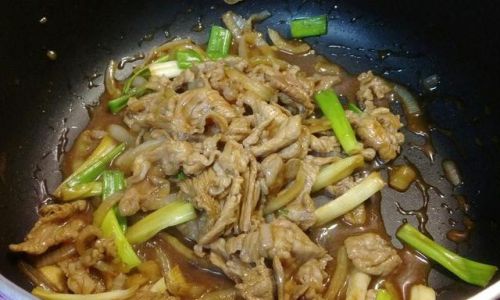
0 comments